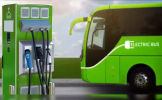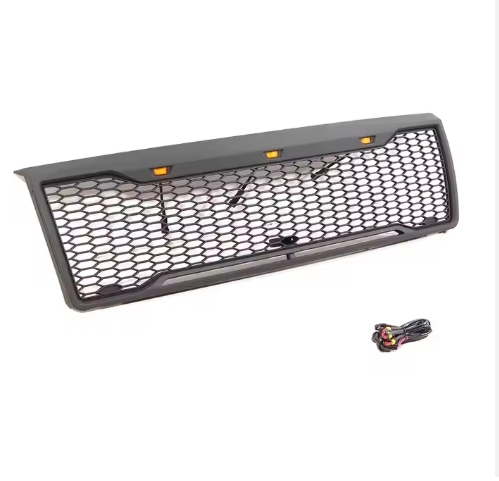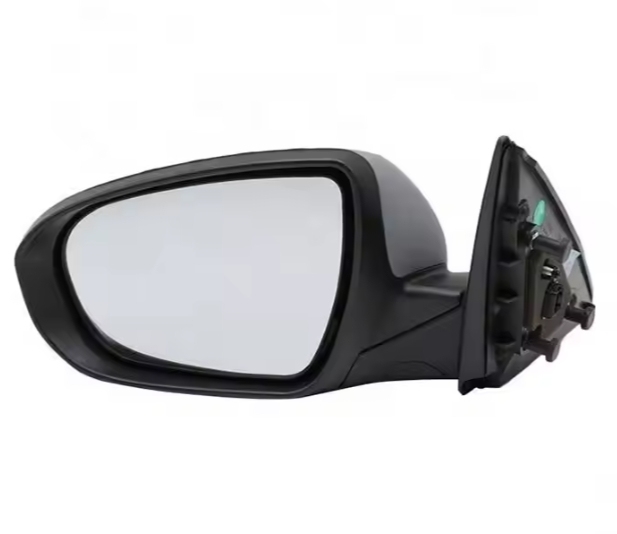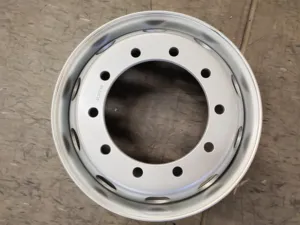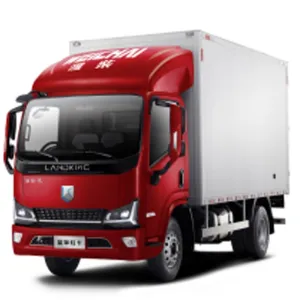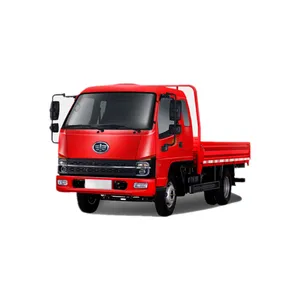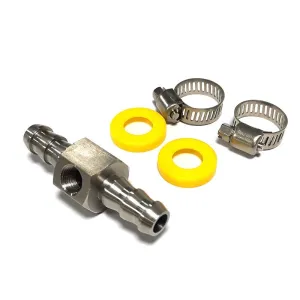New Delhi: Electric vehicles (EVs) are considered to be the future ofmobility, though certain stumbling blocks are keeping most people awayfrom them. According to the Vahan data, EV sales rose by 82% in March2023 YoY to 1.3 lakh units. In 2024, the overall EV sales are expected toslow down according to recent studies. Several factors have collectively contributed to the change in consumerpreference from ICE to EVs. Some of these factors include: increasedavailability of EV charging infrastructure, lower maintenance cost ofEVs, new technology, etc. The maintenance cost of EVs is less than that of ICE vehicles, though thecost ofreplacement of parts in EVs is higher. This increased cost is dueto expensive components used like batteries, motors, and many more.Batteries in EVs which account for almost 50% of cost make themcostlier than the conventional ICE vehicles. Thus to tone down the EVprice, battery cost reduction is inevitable. Indigenization a way to curb high EVprices One of the major issues with adoption of EVs is its high acquisition cost.For example the base model of Tata Punch EV costs approximately INR11 lakh whereas the base model of Tata Punch ICE costs INR 6.5 lakh.High acquisition cost limits the buyers to choose EVs over ICE. However, EV price reduction is expected due to indigenization of itscomponents. In recent times several OEMs have announced price cuts oftheir EVs. This decision to reduce price is largely driven by marketdynamics and lower cost of battery cells. One of the key ingredients thatgets into battery cells is the lithium carbonate, whose prices have comedown significantly in the last six months. Experts say the reason OEMs were able to do so is because of thelocalization of battery manufacturing. Experts are of the opinion thatGovernment schemes like Production linked incentive scheme (PLl), andsubsidies on manufactured EV components would further boost theindigenization of EV batteries in India. According to Pankaj Sharma, co-founder of Log9 Materials, the threeimportant factors that can help reduce the cost of batteries arescalability, supply chain, and long-term contracts. Log9 Materials is thefirst commercial lithium-ion cell manufacturer of India. It is planning tocommercialize them by 2024-end, with a planned capacity of 1,000vehicles a year in the beginning. Government can provide a hand to startups and OEMs by providing landat subsidized rates to build gigafactories and by extending electricityconnections at a more affordable rate. “Improved material supply chain efficiency, and cell design can result inlower material consumption for a given performance. They are the keycomponents to reduce the EV battery prices,” Vijayanand Samudrala,President, Amara Raja, said. He added that the conversion costs wouldimprove with significant scale. The calendar life of EV batteries depends on the chemistry and quality ofthe materials used to assemble the battery pack, Hence the pricing of EVbatteries is dynamic and can range from INR 12k to 40k per kilowatthour (KWH). One aspect linked to higher prices of EV batteries is the lithium-ion cellsand batteries import cost in India, Proactive steps by the government toproduce EV batteries in India has helped in reducing import of keybattery components thereby cutting down the import duties cost,shipment expenses etc. along with increasing employment in India. Large-scale production allows for bulk purchasing of raw materials,initiating a domino effect that significantly lowers the cost of eachindividual lithium-ion cell. “This would bring economic efficiency in themarket for lithium-ion cells which constitute almost 80% of the batterycost,” Sharma said. Supply chain dynamics underscores the importance of selecting achemistry cell based on the components availability, “The resilience andabundance of the supply chain are pivotal to ensuring stable inputpricing. Opting for a chemistry with readily available components shieldsmanufacturers from potential shortages, contributing to a morepredictable and cost-effective production process.” he added. However, Samudrala believes that indigenization won’t help the countryat this stage as the manufacturing scalability is not fully achieved. Hefurther explained that for India to gain efficiency in terms of scale andthe supply chain will take some time. “We have to go beyond thethreshold level to see the benefits of localization. I don’t thinklocalization by itself is going to benefit, unless we get to that kind ofthreshold scale” Long-term contracts with battery cell producers can provide stability bydetermining the fixed price of lithium-ion cells. It will aid manufacturersto plan production efficiently, creating a harmonized environment forboth cell manufacturers and battery companies. The demands, needs and requirements of batteries in vehicles vary fromOEM to OEM and vehicle to vehicle. Customisation of batteries canmake them more effective and cost-efficient. EV fires The batteries which are the key ingredients of EVs, and hold a majorportion of the electric vehicle price also brings another fear for itscustomers. Recent incidents of EV fires can be said to be anotherpotential reason for slow adoption of EVs. EV fires sometimes occur owing to the inappropriate chemistry ofbattery cells which clashes with the climatic conditions. EV fires can becaused due to multiple reasons. However, the most commonly observedcause is linked to EV battery fire. To minimize EV fire incidents, theGovernment of India has introduced AlS 156 certification for batterymanufacturing companies, It sets certain standards for batterymanufacturers which have to be followed. Only then a battery can beinstalled in a vehicle. Log9 battery cells provide a solution to this as they have been tested inextreme temperature conditions as high as 180 degrees to make themmore temperature-resilient and suitable for Indian conditions. “So ourthesis on lithium-ion cells is to make them more temperature resilientand fast chargeable, while keeping safety as a central mantra in thedesign fields,” Sharma said. Amara Raja, which has received AlS 156 certification last year by ARAbelieves it will aid in the upliftment of minimum standards set for Evbatteries. “It made sure that everybody is brought to that minimumacceptable standards related to the cell selection and the pack designAnd hence, to a large extent, we see that the earlier risk of fires orincidences of fires have been reduced, Samudrala added. Log9 has received AlS 156 certification for its batteries, making themsafer for use in vehicles. Adhering to the safety of the driver and itspassengers, Log 9’s battery has an automated shut off system when itobserves any imbalance in the battery pack. These standards not only promote safety but also indirectly boost thelocalisation of batteries used in vehicles.

